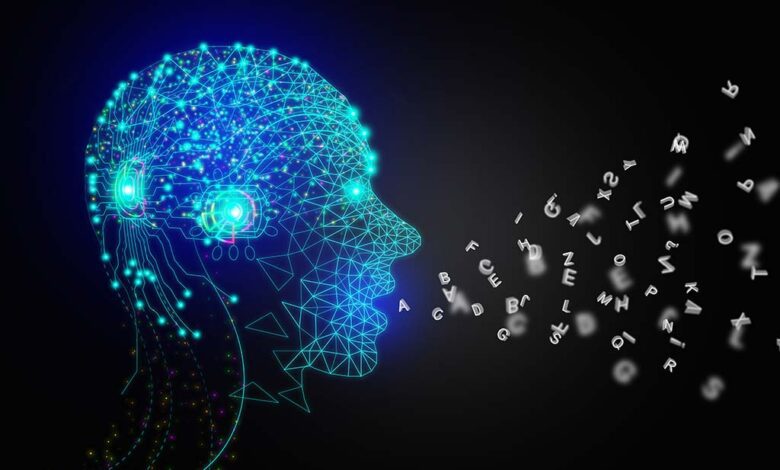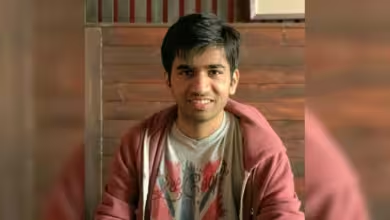Kerala man loses ₹40k to AI-enabled ‘deepfake’ fraud, first reported case in India
Man fell victim to a ‘deepfake’ scam when a fraudster impersonated his former colleague, manipulating voice and video calls to extract money under false pretenses.

In a shocking incident, a 73-year-old man from Kozhikode, Kerala became the first reported victim of a deepfake scam. On July 9, he received a call from an unknown number, claiming to be his former colleague at Coal India Ltd. The scammer impersonated the colleague using advanced deepfake technology, even sharing family photographs and discussing common colleagues over WhatsApp.
During the voice call, the scammer portrayed himself as the former colleague, stating he was at Dubai airport and urgently needed ₹40,000 to cover his sister-in-law’s emergency surgery in Mumbai. The victim, believing it was his old friend, transferred the money via UPI without hesitation.
However, when the scammer demanded more money for supposed hospital expenses, the retiree grew suspicious and contacted his real former colleague, who denied making any calls. Realizing he had been deceived, the victim filed a complaint with the National Cyber Cell, and the police traced the money to a bank account in Maharashtra, which was subsequently frozen.
Authorities suspect the scam to be the work of a group using the deepfake technology and believe that others may have also received similar requests from the same scammers.
This alarming incident highlights the rising threat of Deepfake scams in India, where criminals can impersonate individuals and exploit personal information for financial gain. The police is actively investigating the matter and taking measures to recover the victim’s lost funds.
What is Deepfake technology?
Deepfake is a tricky and dangerous thing in today’s digital world. It uses Artificial Intelligence to make fake videos or voices that look and sound real. Scammers can use this sneaky tech to trick people into believing lies. It uses AI to manipulate or replace existing audio, video, or images with fake content that looks and sounds convincingly real. Advanced algorithms analyse and learn from vast datasets to create seamless forgeries, making it difficult to distinguish between fake and authentic.
This technology has the potential to disrupt society in alarming ways. It can be misused to create fake news and spread harmful rumors, leading to confusion and distrust among people. Imagine seeing a video of a public figure saying something they never said or witnessing a close friend making hurtful remarks they never uttered.
Deepfakes go beyond scams; they can mess up people’s lives by spreading lies and causing trouble. These fakes can damage reputations, mess with what’s true, and create chaos. This is a serious issue, and we all need to be careful. We must learn to spot fake videos and calls and take extra steps to secure our online presence.



